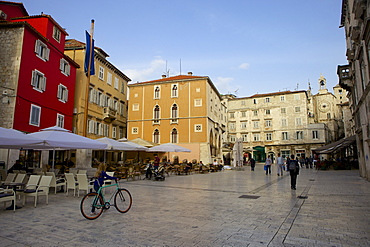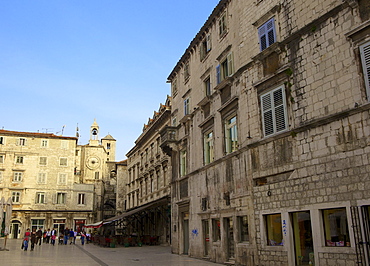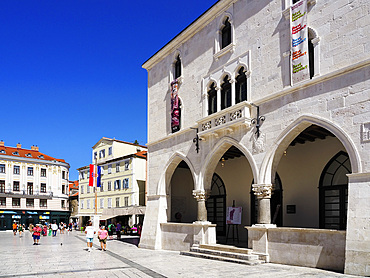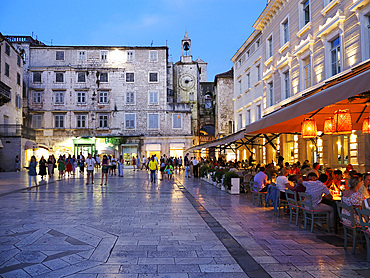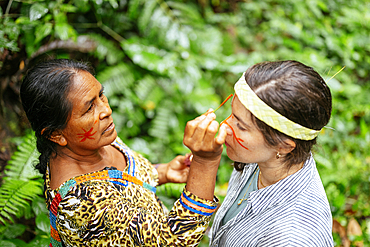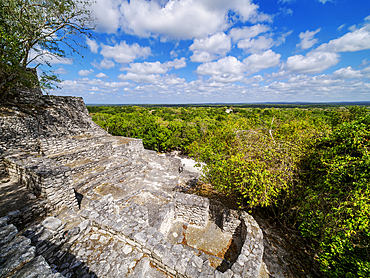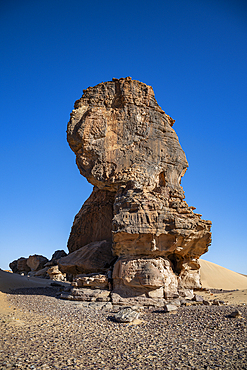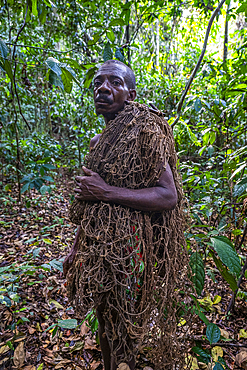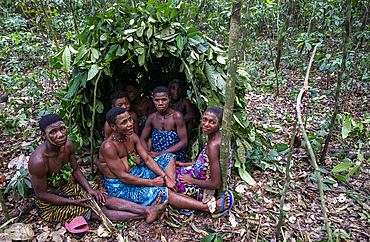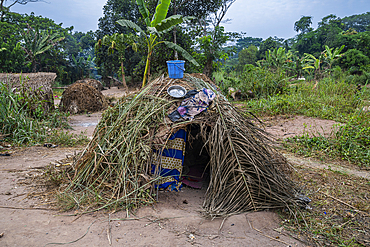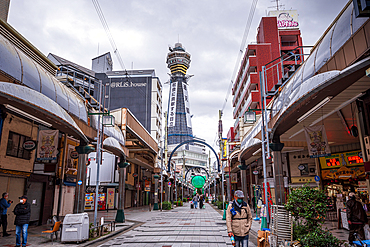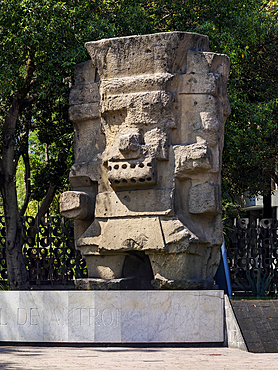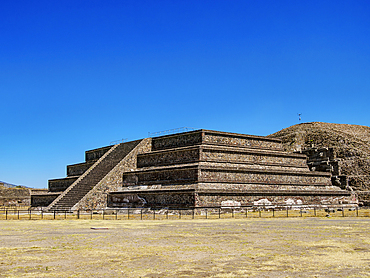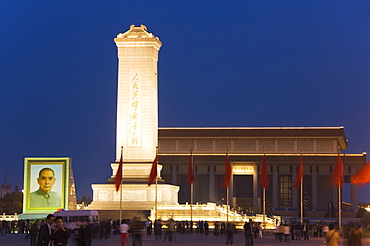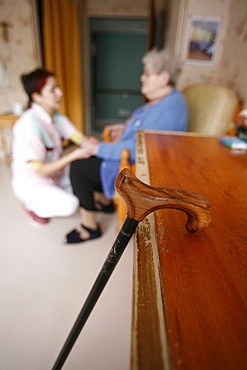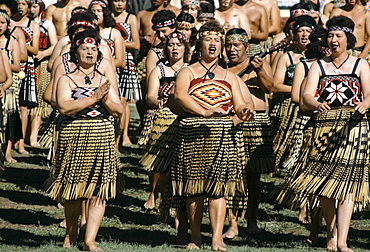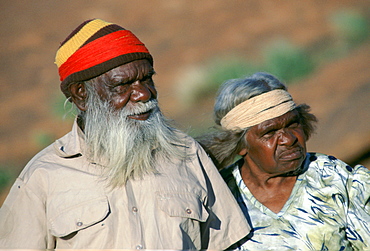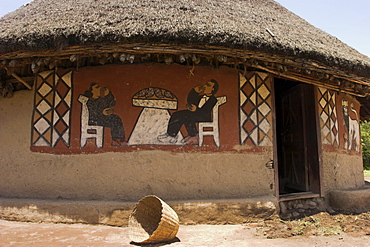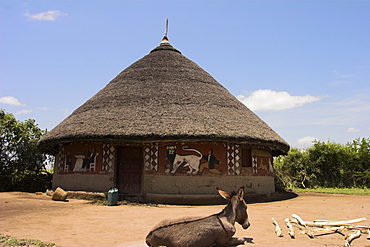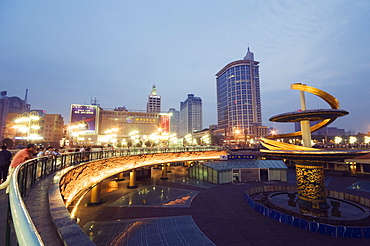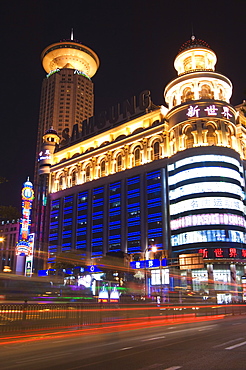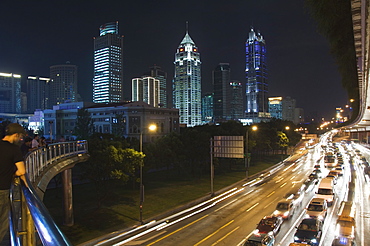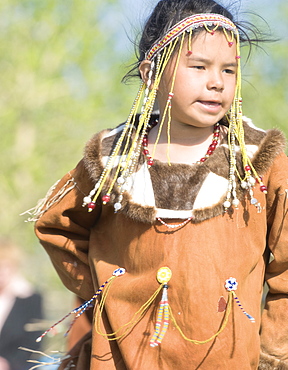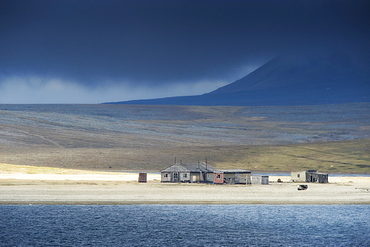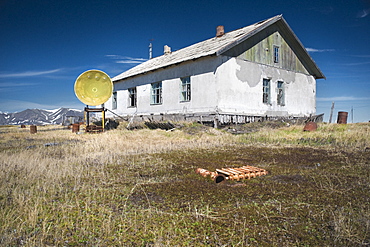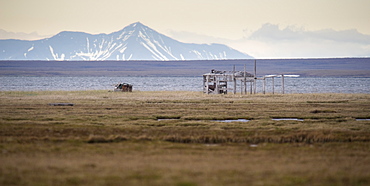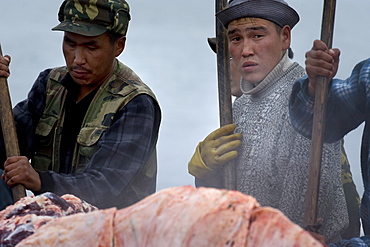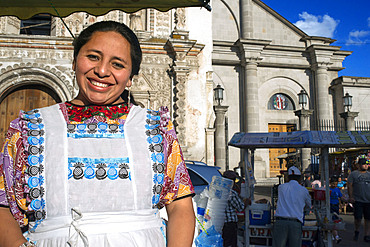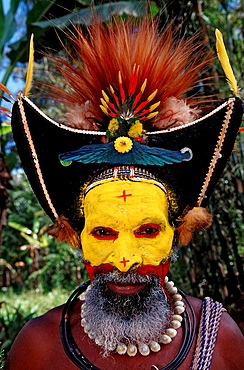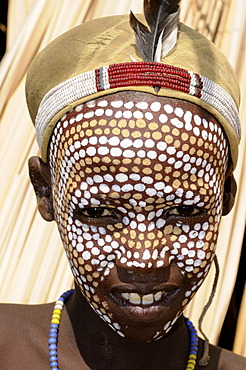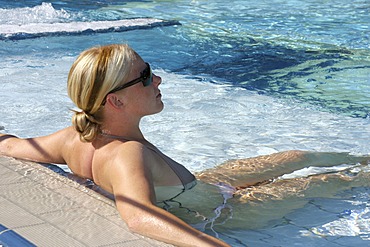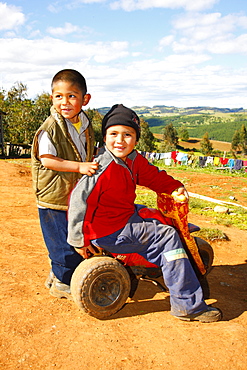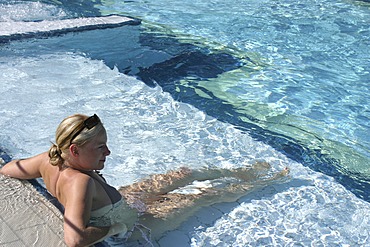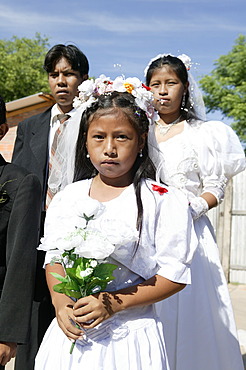Results
49 results found

People's Square and Church of SS. Maria delle Grazie, Vittoria, Ragusa, Sicily, Italy, Mediterranean, Europe
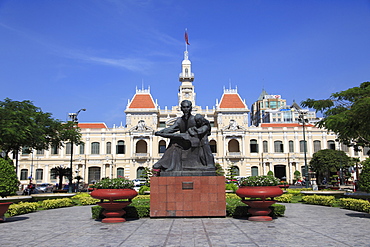
Peoples Committee Building, City Hall, Hotel de Ville, Ho Chi Minh Statue, Ho Chi Minh City, Saigon, Vietnam, Asia
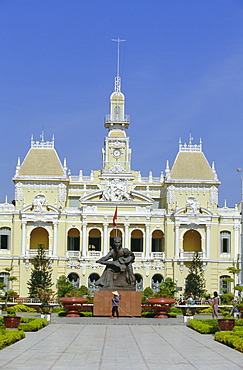
Hotel de Ville (City Hall), completed 1908, now houses Peoples Committee, Nguyen Hue Boulevard, downtown, Ho Chi Minh City (formerly Saigon), Vietnam, Indochina, Southeast Asia, Asia
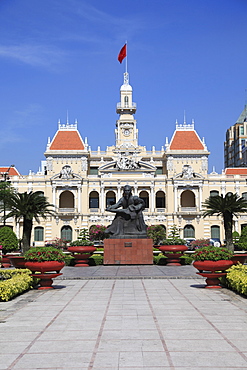
Peoples Committee Building, City Hall, Hotel de Ville, Ho Chi Minh Statue, Ho Chi Minh City, Saigon, Vietnam, Asia
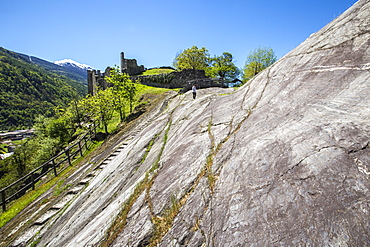
The great Rupe Magna in Grosio, on which ancient peoples have left their testimony. Valtellina, Lombardy, Italy, Europe
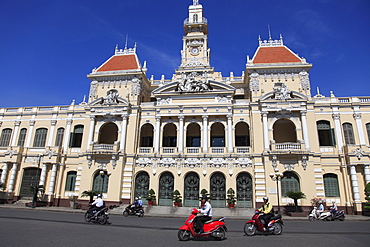
Peoples Committee Building, City Hall, Ho Chi Minh City (Saigon), Vietnam, Indochina, Southeast Asia, Asia
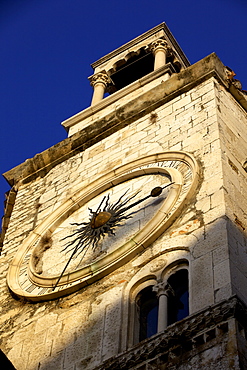
Clock tower with medieval sundial in the Peoples Square Narodni trg, Old Town, Split, Dalmatia, Croatia, Europe

Festival of Light (Inti Raymi festival) Cochas Community, Angochagua Parochia, Imbabura Province, Ecuador
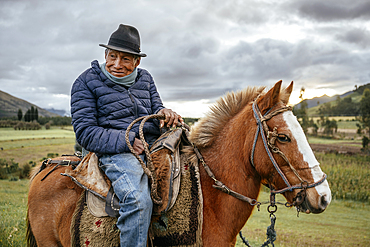
Antonio on Horse, Festival of Light (Inti Raymi festival) Cochas Community, Angochagua Parochia, Imbabura Province, Ecuador
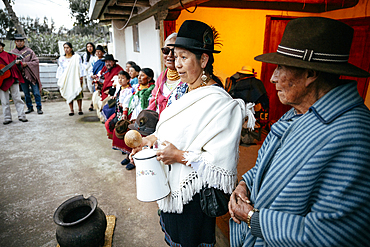
Festival of Light (Inti Raymi festival) Cochas Community, Angochagua Parochia, Imbabura Province, Ecuador
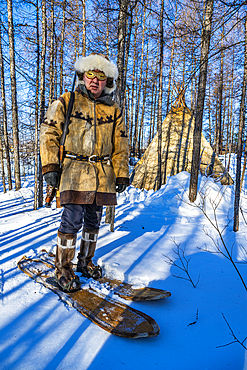
Traditional dressed Evenki hunter with snow shoes before a traditional Evenki Yurt in Tura, Krasnoyarsk Krai, Evenki state, Russia
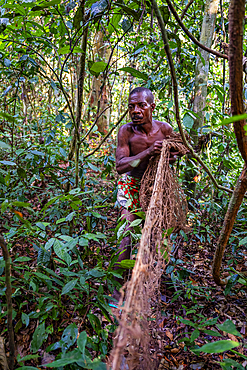
Pygmy man preparing the net for net hunting, Dzanga Sangha National Park, UNESCO, Central African Republic

Skaill House, a merchants house and museum near Skara Brae, Neolithic village constructed 3100 BC, Orkney Islands, Scotland, United Kingdom

Volksgarten (Peoples Garden), Theseus Temple with Town Hall in the background, Vienna, Austria, Europe
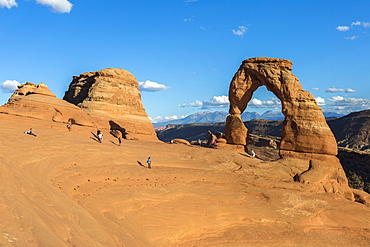
Peoples at Delicate Arch at golden hour, Arches National Park, Moab, Grand County, Utah, United States of America, North America
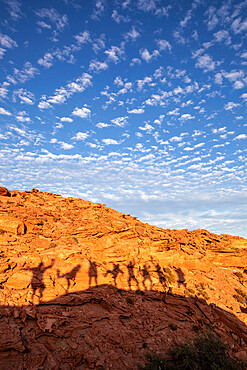
Peoples shadows on wind formed sandstone formations at Los Gatos, Baja California Sur, Mexico, North America
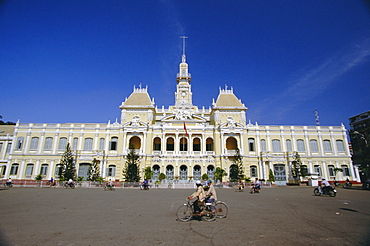
Hotel de Ville (City Hall), completed 1908, now houses Peoples Committee, Nguyen Hue Boulevard, downtown, Ho Chi Minh City (formerly Saigon), Vietnam, Indochina, Southeast Asia, Asia
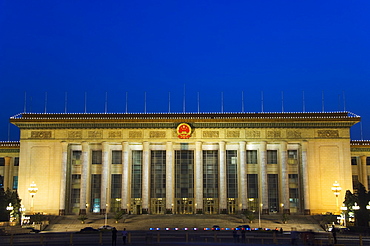
Great Hall of the People which is where the National Peoples Congress convenes, Tiananmen Square, Beijing, China, Asia

Bronze figures of a Russian and a Ukrainian worker holding aloft the Soviet Order of Friendship of Peoples, Friendship of the Peoples Monument, Khreschaty Park, Kiev, Ukraine, Europe
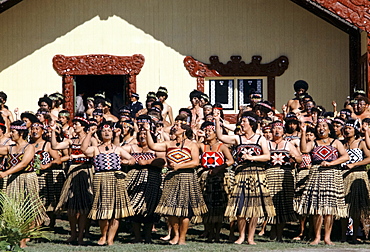
Maori women dancing at tribal gathering in front of the Wharenui meeting house at the Marae in New Zealand
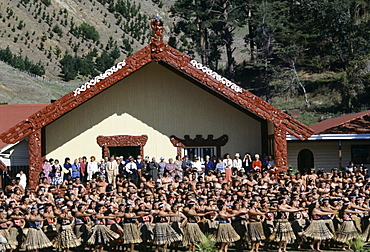
Maori women dancing at tribal gathering in front of the Wharenui meeting house at the Marae in New Zealand
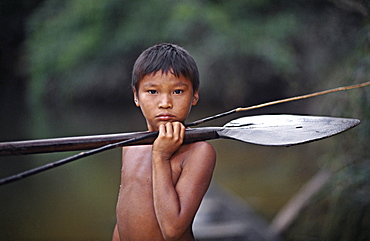
The idea of the interconnectedness of all things is central to the tribal way of looking at the world. practical knowledge of the environment, of crops and medicines, of hunting and fishing, is a byproduct of it. the makuna believe that human beings, animals, and all of nature are parts of the same one. animals and fish live in their own communities, which are just like human communities, with their chiefs, their shamans, their dance houses, their songs, and their material possessions. when human peoples dance in this world, the shaman invites the animal people to dance in theirs. if humans do not dance and shamans do not offer spirit food to the animal people, the animals will die out and there will be no more game left in the world. for the makuna the radical disjunction so characteristic of western thought between nature and culture, men and animals, dissolves. eastern colombia amazon, vaupes region, population: 600
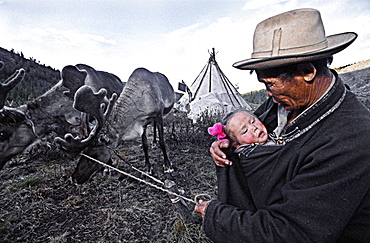
These reindeer peoples' entire existence is based around their herds of reindeer, which provide milk, skins for clothes, horn for carving and medicine, transport and occasionally, meat. the tsaatan are part of the tuvan ethnic group, which inhabits the tuvan republic of russia. there are only about 200 tsaatan in total, spread over 100,000 sq km of northern mongolia. they are nomadic, often moving their small encampments every three to four weeks, searching for special types of grass and moss loved by the reindeer. the tsaatan are strong practitioners of shamanism. west taiga, northern mongolia
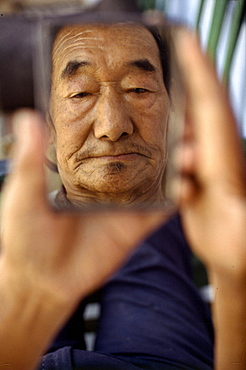
Reflection. Tibetan peoples home, rajpur, india. India. I remember this body when it a childs as it gradually took form of a youth. very limb is twisted worn. It is my body, it delights even my eyes.,seventh dalai lama, meditations on ways of impermanence. tradition regards meditation on death impermanence only as a useful technique keeping mind intensely focused. It also sees it as a method unlocking deepest secrets of life
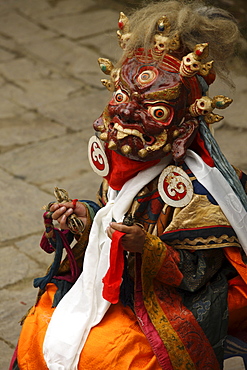
A solitary mask dancer appears wearing a frightening mask and silk brocade. they circle the courtyard with sprightly leaps. called protectors of faith, or dharmapdla, the origins of figures like these can be traced back to the pre-aryan peoples of india. originally known as yaksas (literally, a wondrous thing), they were tree spirits, who were accepted by the buddhists as defenders of the faith. in nepal and tibet, as in india, local deities were converted into protectors. a devotee of an alien sect devised a means to humiliate the buddha and his disciples. the buddha discovered it and succeeded in converting him to his teaching. due to lack of wisdom, the buddha remarked, some could not realize the goodness of his disciples and he compared the ignorant to the blind and the wise to those who have eyes.nobody is condemned in buddhism, for greatness is latent even in the seemingly lowliest just as lotuses spring from muddy ponds. -the dhammapada. solu khumbu, nepal
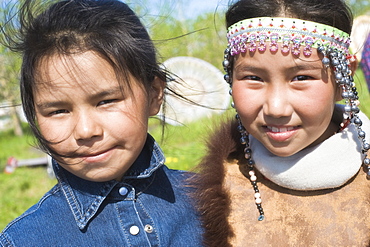
Two Inuit young Females of Koryaks peoples in native clothes, Ossora Village (Koryakskiy Peninsular) Russia, Asia
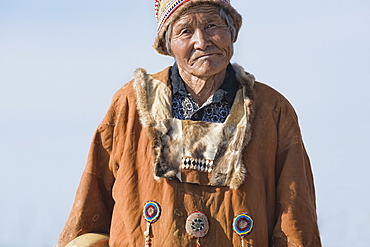
Inuit Male of Koryaks peoples in native clothes, Ossora Village (Koryakskiy Peninsular) Russia, Asia
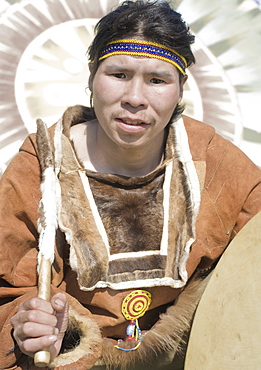
Inuit Male of Koryaks peoples in native clothes, Ossora Village (Koryakskiy Peninsular) Russia, Asia

Inuit Female of the Koryaks peoples in native clothes playing drums, Ossora Village (Koryakskiy Peninsular) Russia, Asia
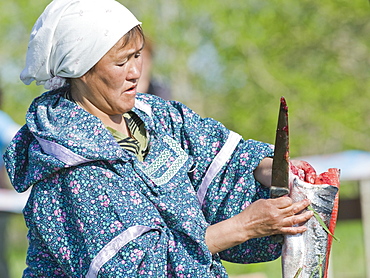
Inuit Female of the Koryaks peoples in native clothes, filleting salmon fish, Ossora Village (Koryakskiy Peninsular) Russia, Asia
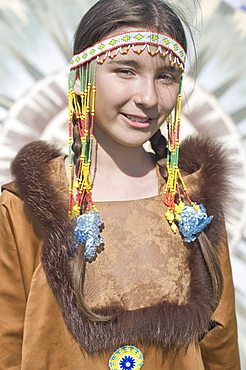
Inuit young Female of Koryaks peoples in native clothes, Ossora Village (Koryakskiy Peninsular) Russia, Asia
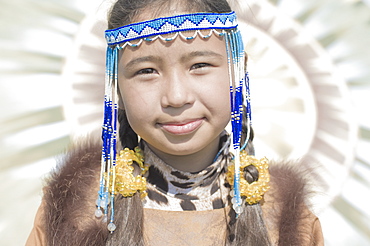
Inuit young Female of Koryaks peoples in native clothes, Ossora Village (Koryakskiy Peninsular) Russia, Asia
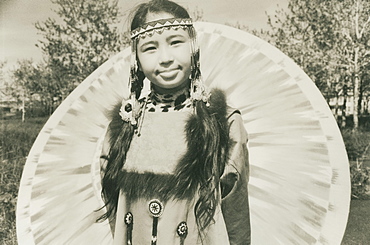
2008; Inuit young Female of Koryaks peoples in native clothes, Ossora Village (Koryakskiy Peninsular) Russia, Asia
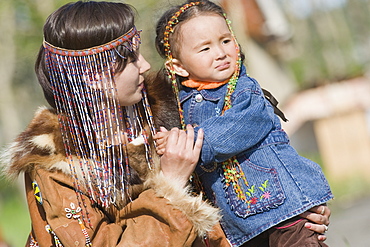
Mother and Child of Koryaks peoples in native clothes, Ossora Village (Koryakskiy Peninsular) Russia, Asia
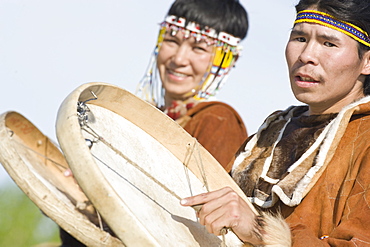
Inuits Male and Female of the Koryaks peoples in native clothes playing drums, Ossora Village (Koryakskiy Peninsular) Russia, Asia
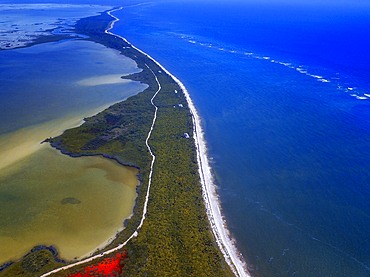
Aerial view of Punta Allen Sian Ka'an Reserve, Yucatan Peninsula, Mexico. Red lagoon near Boca Paila Bridge.
In the language of the Mayan peoples who once inhabited this region, Sian Ka'an means Origin of the Sky. Located on the east coast of the Yucatán peninsula, this biosphere reserve contains tropical forests, mangroves and marshes, as well as a large marine section intersected by a barrier reef. It provides a habitat for a remarkably rich flora and a fauna comprising more than 300 species of birds, as well as a large number of the region's characteristic terrestrial vertebrates, which cohabit in the diverse environment formed by its complex hydrological system.
Along its roughly 120 kilometres of coastline, the property covers over 400,000 hectares of land ranging from sea level to only ten m.a.s.l. The property boasts diverse tropical forests, palm savannah, one of the most pristine wetlands in the region, lagoons, extensive mangrove stands, as well as sandy beaches and dunes. The 120,000 hectares of marine area protect a valuable part of the Mesoamerican Barrier Reef and seagrass beds in the shallow bays. The lush green of the forests and the many shades of blue of the lagoons and the Caribbean Sea under a wide sky offer fascinating visual impressions.
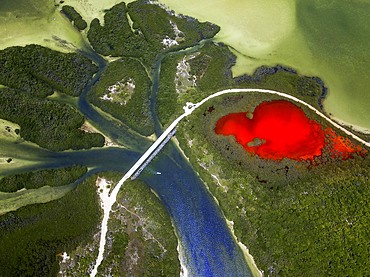
Aerial view of Punta Allen Sian Ka'an Reserve, Yucatan Peninsula, Mexico. Red lagoon near Boca Paila Bridge.
In the language of the Mayan peoples who once inhabited this region, Sian Ka'an means Origin of the Sky. Located on the east coast of the Yucatán peninsula, this biosphere reserve contains tropical forests, mangroves and marshes, as well as a large marine section intersected by a barrier reef. It provides a habitat for a remarkably rich flora and a fauna comprising more than 300 species of birds, as well as a large number of the region's characteristic terrestrial vertebrates, which cohabit in the diverse environment formed by its complex hydrological system.
Along its roughly 120 kilometres of coastline, the property covers over 400,000 hectares of land ranging from sea level to only ten m.a.s.l. The property boasts diverse tropical forests, palm savannah, one of the most pristine wetlands in the region, lagoons, extensive mangrove stands, as well as sandy beaches and dunes. The 120,000 hectares of marine area protect a valuable part of the Mesoamerican Barrier Reef and seagrass beds in the shallow bays. The lush green of the forests and the many shades of blue of the lagoons and the Caribbean Sea under a wide sky offer fascinating visual impressions.

Aerial view of Punta Allen Sian Ka'an Reserve, Yucatan Peninsula, Mexico. Red lagoon near Boca Paila Bridge.
In the language of the Mayan peoples who once inhabited this region, Sian Ka'an means Origin of the Sky. Located on the east coast of the Yucatán peninsula, this biosphere reserve contains tropical forests, mangroves and marshes, as well as a large marine section intersected by a barrier reef. It provides a habitat for a remarkably rich flora and a fauna comprising more than 300 species of birds, as well as a large number of the region's characteristic terrestrial vertebrates, which cohabit in the diverse environment formed by its complex hydrological system.
Along its roughly 120 kilometres of coastline, the property covers over 400,000 hectares of land ranging from sea level to only ten m.a.s.l. The property boasts diverse tropical forests, palm savannah, one of the most pristine wetlands in the region, lagoons, extensive mangrove stands, as well as sandy beaches and dunes. The 120,000 hectares of marine area protect a valuable part of the Mesoamerican Barrier Reef and seagrass beds in the shallow bays. The lush green of the forests and the many shades of blue of the lagoons and the Caribbean Sea under a wide sky offer fascinating visual impressions.
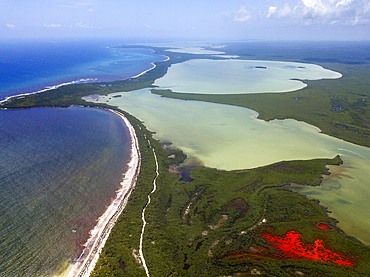
Aerial view of Punta Allen Sian Ka'an Reserve, Yucatan Peninsula, Mexico. Red lagoon near Boca Paila Bridge.
In the language of the Mayan peoples who once inhabited this region, Sian Ka'an means Origin of the Sky. Located on the east coast of the Yucatán peninsula, this biosphere reserve contains tropical forests, mangroves and marshes, as well as a large marine section intersected by a barrier reef. It provides a habitat for a remarkably rich flora and a fauna comprising more than 300 species of birds, as well as a large number of the region's characteristic terrestrial vertebrates, which cohabit in the diverse environment formed by its complex hydrological system.
Along its roughly 120 kilometres of coastline, the property covers over 400,000 hectares of land ranging from sea level to only ten m.a.s.l. The property boasts diverse tropical forests, palm savannah, one of the most pristine wetlands in the region, lagoons, extensive mangrove stands, as well as sandy beaches and dunes. The 120,000 hectares of marine area protect a valuable part of the Mesoamerican Barrier Reef and seagrass beds in the shallow bays. The lush green of the forests and the many shades of blue of the lagoons and the Caribbean Sea under a wide sky offer fascinating visual impressions.

Palms and old pier in Punta Allen Sian Ka'an Reserve, Yucatan Peninsula, Mexico.
In the language of the Mayan peoples who once inhabited this region, Sian Ka'an means Origin of the Sky. Located on the east coast of the Yucatán peninsula, this biosphere reserve contains tropical forests, mangroves and marshes, as well as a large marine section intersected by a barrier reef. It provides a habitat for a remarkably rich flora and a fauna comprising more than 300 species of birds, as well as a large number of the region's characteristic terrestrial vertebrates, which cohabit in the diverse environment formed by its complex hydrological system.
Along its roughly 120 kilometres of coastline, the property covers over 400,000 hectares of land ranging from sea level to only ten m.a.s.l. The property boasts diverse tropical forests, palm savannah, one of the most pristine wetlands in the region, lagoons, extensive mangrove stands, as well as sandy beaches and dunes. The 120,000 hectares of marine area protect a valuable part of the Mesoamerican Barrier Reef and seagrass beds in the shallow bays. The lush green of the forests and the many shades of blue of the lagoons and the Caribbean Sea under a wide sky offer fascinating visual impressions.
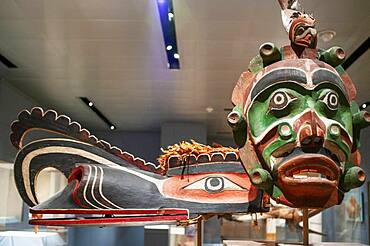
Yagim Mask at the Metropolitan Museum of Art, New York, USA. Yagim Mask, 1920-25 Vancouver Island, British Columbia. Wood, paint. George Walkus (kwakwaka'wakw, ca 1875-1968). A furtive aggressive sea creature known as Yagim was part of the dramatic Tseyka performance cycle, which took place during the dark winter when life on the North West coast moves largely indoors

Sculpture at the Park of the Peoples of Europe, Big Figure in a shelter, Gernika-Lumo, Guernica, Camino de la Costa, Camino del Norte, coastal route, Way of St. James, Camino de Santiago, pilgrims way, province of Bizkaia, Basque Country, Euskadi, Northern Spain, Spain, Europe
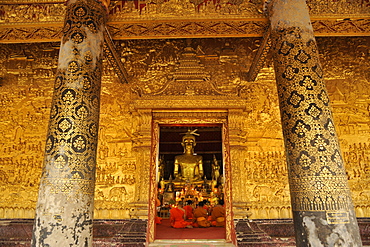
Gallery with golden relief and monks at evening prayer, Wat Mai Suwannaphumaham, Luang Prabang, Laos, Lao Peoples Democratic Republic

Sculpture at the Park of the Peoples of Europe, The House of our father, Gernika-Lumo, Guernica, Camino de la Costa, Camino del Norte, coastal route, Way of St. James, Camino de Santiago, pilgrims way, province of Bizkaia, Basque Country, Euskadi, Northern Spain, Spain, Europe
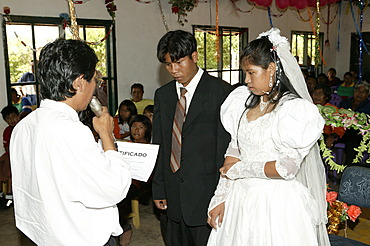
Bridal couple getting the marriage document, Indian wedding, Loma Plata, Chaco, Paraguay, South America
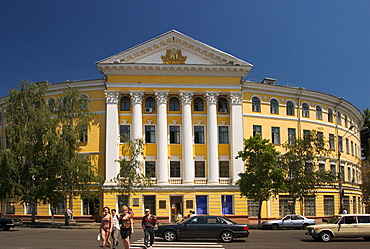
Ukraine Kiev district Podil Kontraktova Place oldest place of town view to the historical building of Mohyla Akademie round building with column peoples tourists cars blue sky 2004

Pupils in uniform during break, Amerindians, tribe of the Arawak, Santa Mission, Guyana, South America
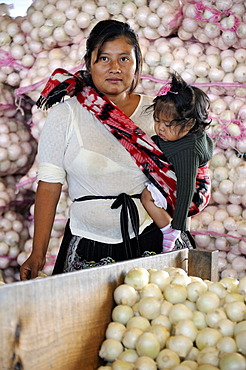
Indigene woman carrying a small girl in a sling, standing in front of bags of onions, CENMA, vegetable wholesale market in the south of Guatemala City, Guatemala, Central America

Child care worker of the Mexican non-governmental organization CIDES reading a picture book to indigenous children in a slum, Ciudad de Mexico, Mexico City, Mexico, Central America
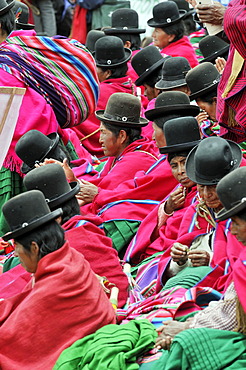
Women in traditional dress of the Aymara Indians at the re-election ceremony for President Evo Morales Ayma in Tiwanaku, La Paz, Bolivia, South America

